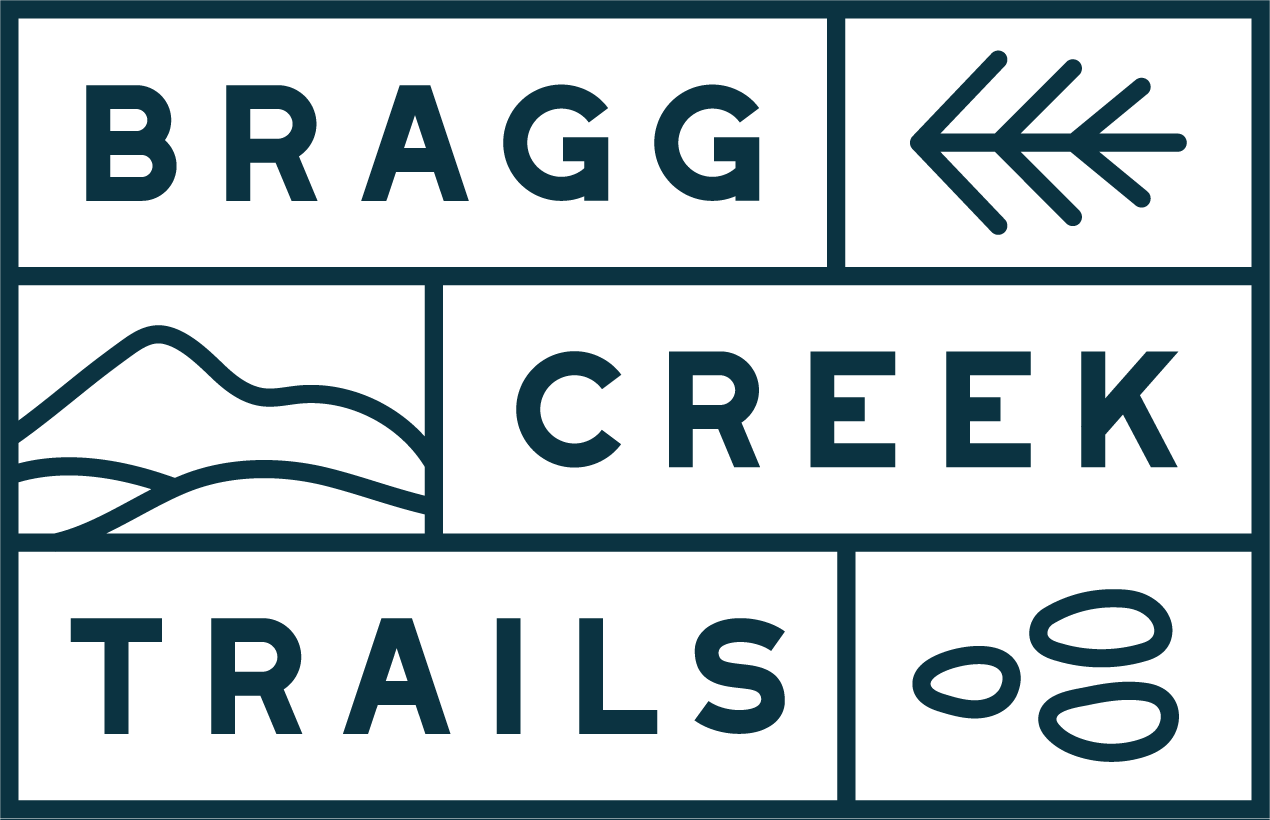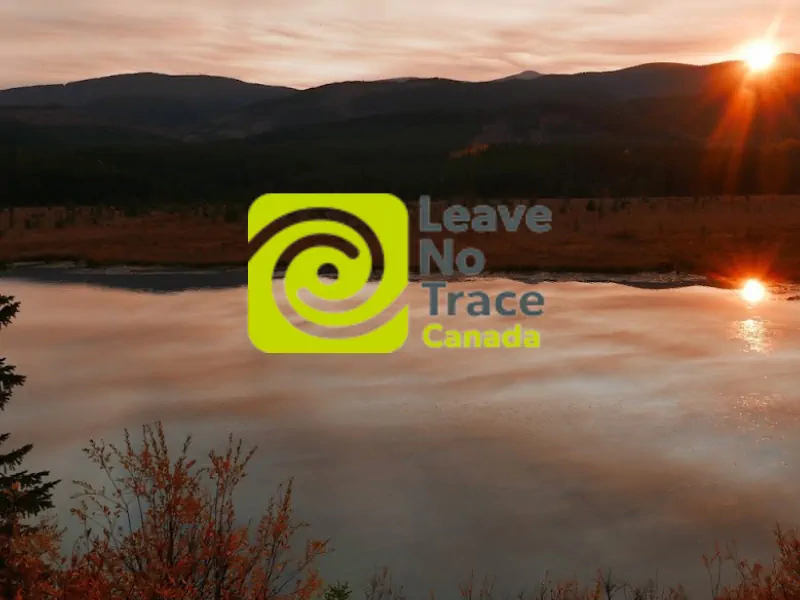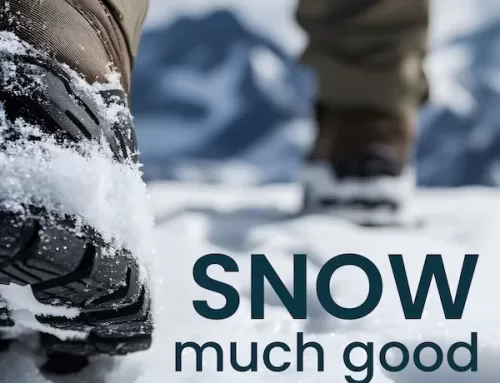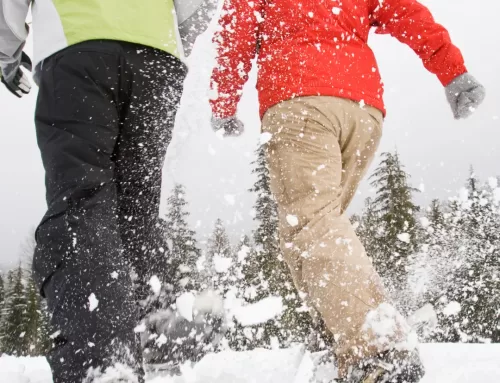Leave No Trace (LNT) originated in 1987 when the U.S. Forest Service, National Park Service, and Bureau of Land Management collaborated to distribute pamphlets titled, “Leave No Trace Land Ethics”. A few years later, in the early ‘90s, the National Outdoor Leadership School was enlisted to develop hands-on, science-based, minimum impact educational training for non-motorized outdoor recreational activities. An Outdoor Recreation Summit was held in Washington, D.C. in 1993 where land management agencies, non-government organizations, and members of the outdoor industry were all in attendance. Collectively, they formed an independent Leave No Trace organization and Leave No Trace, Inc. was incorporated as a non-profit organization in 1994. Since those humble beginnings Leave No Trace has steadily increased its global presence, reaching dozens of countries each year with the intent of promoting minimal impact practices on nature for those venturing into the outdoors. Leave No Trace Canada signed on as an official branch of Leave No Trace in late 2006 and received charitable status a year later.
Leave No Trace developed seven easily-understood principles that provide a framework for minimum impact practices for anyone visiting the outdoors. These practices can be applied anywhere, from your local park to remote backcountry settings. It’s also worth noting that these principles are fluid and subject to change as LNT is continually reviewing current research and insights from various disciplines and professionals in the field.
An in-depth description of each principle complete with helpful tips and considerations can be found on the LNT Canada website. The seven principles are as follows:
- Plan Ahead and Prepare
- Travel and Camp on Durable Surfaces
- Dispose of Waste Properly
- Leave What You Find
- Minimize Campfire Impacts
- Respect Wildlife
- Be Considerate of Others
After reviewing the seven principles you’ll notice that modern social media isn’t mentioned anywhere. When these principles were first developed social media didn’t exist, however today we know that online practices can lead to overcrowding and destruction of natural places. Leave No Trace has since developed a set of guidelines for responsible social media use. Please review these recommendations before publishing and posting anything online. Additional information about their guidelines and using social media responsibly can be found right here.
- Tag Thoughtfully
- Be Mindful of Your Images
- Give Back to Places You Love
- Engage and Inspire LNT in Your Posts
- Shaming is Not the Answer
By familiarizing yourself with the Leave No Trace principles and adopting these practices we are ensuring that our wild places will remain pristine for generations to come.





